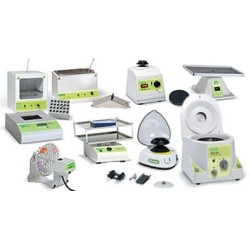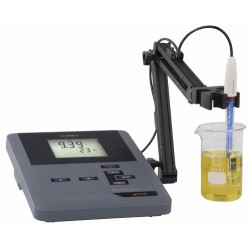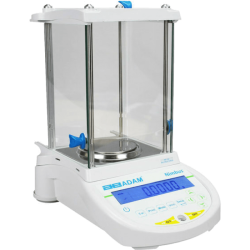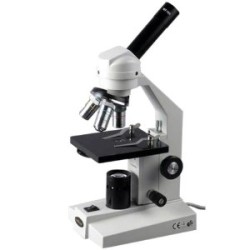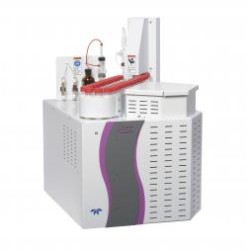Wearable Sensors Give Skin Space to Breathe
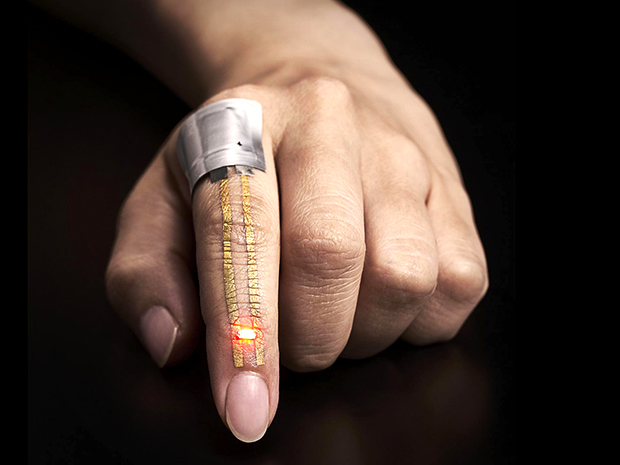
Wearable electronics are undergoing a renaissance, from big and bulky to sleek and ultra-thin. Traditional rigid electronics aren’t naturally compatible with soft human skin, and researchers and companies have been developing a suite of stretchable electronics that bend with skin.
At the University of Tokyo, the Someya Group has been on the forefront of the wearables’ makeover. In 2013, they unveiled a tissue-thin, ultra-flexible sheet of electronics. Last year alone, they demonstrated flexible pressure sensors that stay accurate when bent, and organic LED displays that stick to the skin.
This week, in their latest coup, the team describes the successful fabrication of highly breathable on-skin electronics. Described in the journal Nature Nanotechnology, the thin-film electronic devices can be directly laminated onto human skin for a week at a time without causing any skin irritation or discomfort.
“Skin has to breathe or otherwise it will cause inflammation, so we started working on how to introduce breathability” to these devices, says study leader Takao Someya at the University of Tokyo.
Most stretchable electronics made for the skin are only expected to be worn for one day—put on the skin from shower-to-shower—but Someya wanted to prove that a wearable device could be used longer and still be safe and comfortable. To do so, the material needed to be permeable to gases, otherwise it would prevent sweating and block airflow to the skin.
The team’s solution was to create a nanomesh made of widely used polyvinyl alcohol (PVA) fibers spun into an ultra-thin sheet of just 300-500 nanometers. Next, they evaporated a thin (70-100 nm) layer of gold nanoparticles onto the PVA sheet to act as the conductive material. The resulting gold nanomesh adhered to human skin when sprayed with water, which dissolved some of the PVA. The patch easily comes off with washing, says Someya.
In collaboration with dermatologists, the team showed that the on-skin patch did not cause any skin irritation or inflammation on 20 subjects when worn for one week. The patch contained sensors that accurately measured temperature, pressure, and the electrical activity of muscles. They also put it through a mechanical durability gauntlet—bending and stretching a conductor attached to a forefinger more than 10,000 times. The device held up.
For more details: - http://spectrum.ieee.org/the-human-os/biomedical/diagnostics/wearable-sensors-give-skin-space-to-breathe




